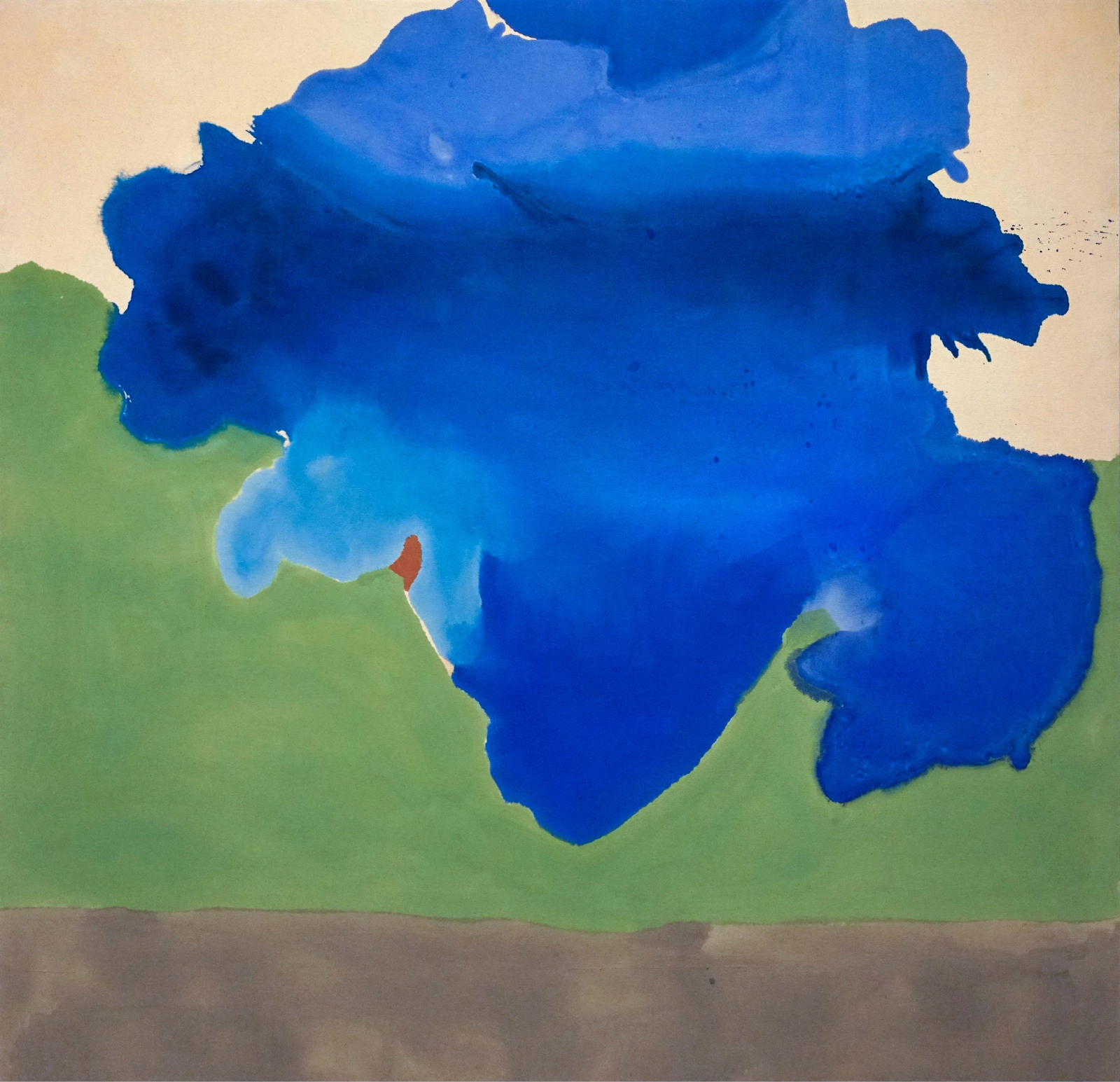The future of fiction
Naomi Kanakia shares three short stories and thoughts on the new literary scene

A few months ago, Naomi Kanakia published a novella, Money Matters, on her Substack. This week, it received a rave review in The New Yorker. We invited Naomi to reflect on the shifting tides of self-publishing and critical legitimacy, and to share a few of her favorite fiction writers on the platform.
New Yorker critics don’t generally go looking for self-published short stories. Most readers don’t either, unless they’re looking for fan fiction or erotica. It sometimes seems that the best way to share fiction online is to catch your readers by surprise. In my case, the critic,
, was already a subscriber—he followed primarily for my takes on contemporary and classic literature. When I mentioned I’d written a novella, his expectations were low:Toward the end of last year, the writer Naomi Kanakia gave readers of her newsletter advance notice that she planned to send them a 15,000-word novella she’d written. I didn’t plan to read it: I don’t really like reading fiction on screens, and I knew I wouldn’t get around to printing it out.
Then the novella, “Money Matters,” showed up and I instantly devoured it.
Being a fiction writer on Substack isn’t much like being one in the traditional literary world. In that world, there are orderly processes for getting your work into people’s hands. You submit to agents or editors. They publish your work in places where people expect to see fiction: literary journals and the fiction section of the bookstore.
Many fiction writers on Substack have found their audience using these traditional processes. Writers like
, , and already have large readerships, and they use this platform to connect more intimately with that audience. But many interesting writers on Substack are less established: unknown fiction writers honing their voice, growing their audience, and experimenting beyond the reach of traditional gatekeepers. These are the writers I call “Substack natives.”As I wrote in my post about the review, I reject the idea that talent is rare. There are many great fiction writers on Substack, including some who are experimenting with form and genre and seducing their readers into coming along for the ride. Here are three, whose names you probably haven’t seen in a bookstore—yet.
Chatty, informal ghost stories
writes one of Substack’s most eclectic literary newsletters. In it, the seasoned critic, who has bylines in the New York Times and a book forthcoming from Scribner about Ursula Le Guin, Joanna Russ, and Octavia Butler, showcases a more informal side. Whatever she is into—whether it’s perfume or Taylor Swift or Neon Genesis Evangelion—her subscribers are going to hear about it.One day in January, apropos of nothing and with no explanation, she just started posting monthly ghost stories. I surely wasn’t alone among her subscribers in being surprised. I didn’t know BDM wrote fiction! Her Substack is a safe place for her to experiment: If a story doesn’t quite land, we move on without comment. If it’s great, we say so.
And sometimes the results are spectacular, as with her February ghost story, which is a controlled, compelling performance from its first paragraph:
confirmed that she hasn’t published fiction elsewhere and, aside from these stories, she hadn’t written any since high school.She saw them the first time she stepped through the door: the ex-girlfriends. They slid down the walls of his home, leaving trails of—what? ectoplasm, was that it?—behind them. They smiled at her with translucent gelatinous smiles. They were not jealous. They welcomed her as a sister. She was not jealous either—that was impossible, frankly, after all, they were dead and she was alive—but it was hard not to lift up her shoes with each step and shake them out, as if there were gummy traces of ex-girlfriend stuck onto the soles.
Analytical fairy tales
is a pseudonymous writer whose stories lurk somewhere in the nexus between fairy tale and contemporary sociology. Her best-known story, “Cropped Red Hoodie,” is an eerie rendition of Red Riding Hood, featuring a neurodivergent Red:She had a fairy godmother. Because she wasn’t a princess or anything, her fairy godmother was pretty low-tier. At her baptism, her fairy godmother, who didn’t know much about Christianity, was deeply moved by the reading from the Gospel “Judge not, lest ye be judged”—an attitude very foreign to the cutthroat social world of the fae court—and also deeply moved by a few christening reception mimosas. So her fairy godmother gave our heroine the doubtful gift of being unable to judge others.
Stories are an infrequent but much-anticipated offering from Sympathetic, who largely posts about literature, fashion, and human behavior. Because her analytical yet playful sensibility informs all her writing, her audience sees these stories as part of the same overall project as her regular posts. They know that in everything she writes, she strives to understand the rules of contemporary human behavior.
Fictional cultural criticism
is the pen name of Patrick Roesle, who has taken a different approach to beguiling his readers. His most accomplished fiction masquerades as cultural criticism—reviewing a wild (and nonexistent) Korean webcomic called Help Me! I’ll Always Be Everybody!, about a protagonist who’s doomed to a series of endless reincarnations within a surreal fantasy kingdom:Help Me! I’ll Always Be Everybody! begins with a twenty-something named Jin perishing in a train crash on their way home from work. The hazy artwork leaves their gender obscure, and I’ve since learned that “Jin” can be either a male or female name. After waking up in a sumptuous covered bed in an unfamiliar room, Jin recoils at the sight of a stranger’s face in the gilded mirror on the wall. Jin is now Beatrice, the eldest daughter of the noble Doukes family and the most desirable woman of marriageable age in the Seinkeit Kingdom.
Over time, the story gets increasingly baroque and unhinged, and then opens up to show us more of the fandom that’s grown up around this mysterious webtoon and its shadowy creator.
The future of fiction
Traditionally, fiction writers practice their craft by getting critiques from their peers in workshops. But Substack offers an experience more akin to an open mic night at a stand-up comedy club. You can feel in real time whether your fiction is working—whether it’s landing with the audience you’ve built. And that response allows writers to adjust their stories accordingly, until they’ve found a style that’s both true to their voice and genuinely compelling for the reader.
I know this may sound strange to traditional fiction writers. I’ve been one myself for 20 years, with four traditionally-published novels and dozens of short stories to my name. But it was only when I started sharing my fiction on Substack that my voice really sharpened. Only by testing and discarding the conventions of the traditional short story was I finally able to figure out which parts of my stories were essential and which parts I was only including because I thought editors wanted to see them.
The result is fiction that feels alive: playful, genre-defying, and accessible. If you’re a reader looking for something new, something surprising, this is where to find it.





